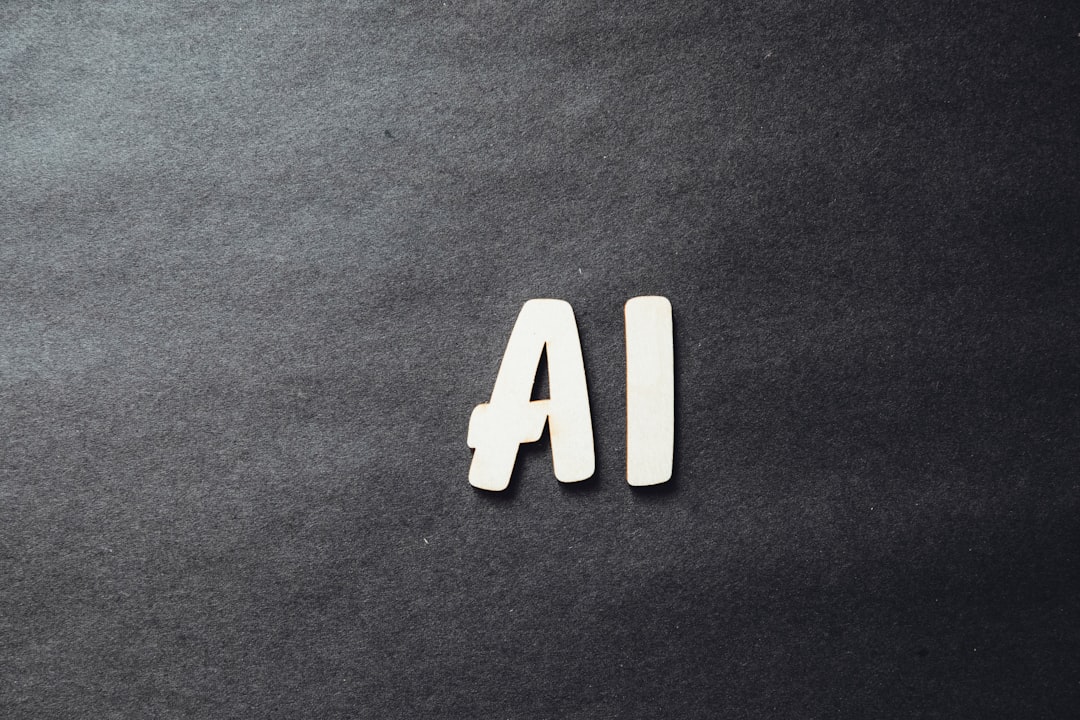What is it about?
Polyurethanes (PUs) have been widely used industrially since their discovery in 1937. This paper focuses on their biomedical applications, arising from their biocompatibility, biodegradability and tailorable chemical and physical forms. Examples of such application areas include antibacterial surfaces and catheters, drug delivery vehicles, stents, surgical dressings/pressure sensitive adhesives, tissue engineering scaffolds and electrospinning, nerve generation, cardiac patches and PU coatings for breast implants.
Featured Image

Photo by Piron Guillaume on Unsplash
Why is it important?
Polyurethanes offer a unique blend of properties that make them attractive for future medical applications.
Perspectives
This review features papers from 2014 to 2017. There is a postprint version available for free download from my personal website under the Resources section (right panel).
Dr James R Smith
University of Portsmouth
Read the Original
This page is a summary of: Biomedical applications of polyurethane materials and coatings, Transactions of the IMF, April 2018, Taylor & Francis,
DOI: 10.1080/00202967.2018.1450209.
You can read the full text:
Resources
Contributors
The following have contributed to this page










